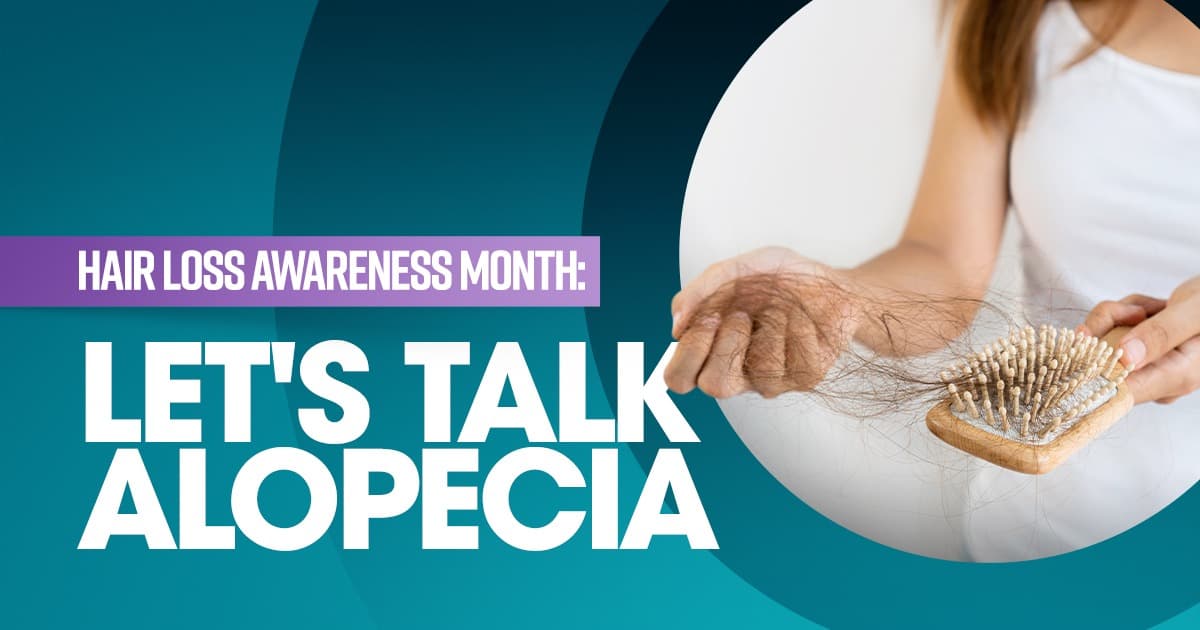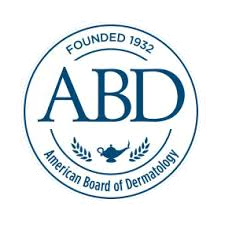August is recognized as Hair Loss Awareness Month and gives us the opportunity to discuss advancements in treatments and technology for something that affects the masses – alopecia areata.
An Overview
Both women and men are affected by alopecia areata, an autoimmune disease in which your immune system attacks healthy hair follicles. As a result, those afflicted by the condition may experience patches of hair loss that are often circular and around the size of a quarter. Varying in severity, how alopecia presents itself will depend on the individual. For some, only a tiny area that comes and goes may be affected, whereas others may experience more severe and consistent reactions. It’s also important to note that alopecia is not contagious.
Now, it’s not uncommon to know someone with alopecia and not be aware that they have the condition. While alopecia is noticeable in more severe cases, for many, hiding the condition is an option. Those with alopecia will frequently struggle with self-image issues. With a new hairstyle or a hat, an individual can evade the questioning of others. According to the National Alopecia Areata Foundation, over 6.8 million people in the United States alone live with this condition.
 Being Diagnosed
Being Diagnosed
If you’re concerned that you may have alopecia, we recommend seeking a dermatologist’s opinion. However, being diagnosed shouldn’t fill you with dread but instead, give you hope that you’re on the path towards knowing and thus closer to resolving the issue. A typical appointment entails discussing symptoms and inspecting the area(s) in question, gently tugging on hair strands to see if they come out easily, examining your nails, and checking for abnormally shaped hair and follicles. Various conditions can lead to hair loss, so your doctor may test for a fungal infection or request that blood work be completed. In rare cases, a biopsy may be performed.
Treatment – What to Expect
While there is no cure when it comes to alopecia, this shouldn’t discourage you. Varied treatment options are available depending on how your alopecia unfolds, your age, and the extent of hair loss. The treatment aims to stop the immune system from self-attacking and facilitate hair regrowth. Some doctors may recommend using corticosteroids for anti-inflammatory purposes and to repress the immune system’s reaction. Most frequently prescribed as a topical cream, but also available orally or via injection. For children under ten experiencing symptoms, a minoxidil solution may be an option. This is a foam that stimulates hair growth and slows the speed of hair loss.
More recently, the HydraFacial Keravive treatment has shown great potential for alopecia patients. This treatment, available at our office, is designed to cleanse, exfoliate, and nourish the scalp resulting in healthier and fuller hair. A damaged scalp contributes immensely to healthy hair’s thinning and overall growth. Not only is this option non-invasive and painless, but it’s also practical. We often forget that our scalp is skin and can benefit from being cared for just as the rest of our skin.
Experiencing hair loss due to alopecia doesn’t have to be lonely. Visit our website to book your appointment today, or call us at (210) 829 – 5180 for more info.
Resources:
https://www.aad.org/public/diseases/hair-loss/types/alopecia
https://www.naaf.org/alopecia-areata/alopecia-areata-treatments


 Being Diagnosed
Being Diagnosed 






